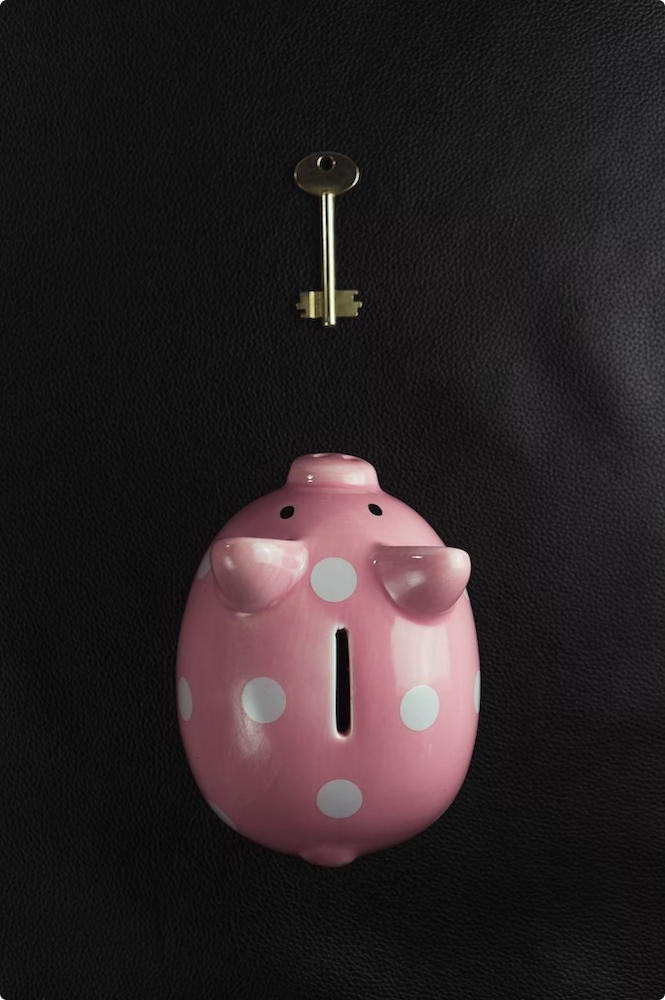For most people, buying a home is considered a life event and buying your first home is a huge milestone. While this has likely always been the case, house prices and private rents in the UK have steadily risen in recent years where income hasn’t always followed, making it an even more sought-after – and even more slippery – goal to reach.
That disconnect, partnered with the high density of people in cities, has meant that more people are living with housemates further into their adult years than ever before. We explore what this means for our living landscape today and what the impact on home as you view it may be when you’re renting with multiple people or sharing joint ownership of property.
Houses in multiple occupation
The official term for a home of 3 or more people in a household where you share either a toilet, bathroom or kitchen is an HMO (house in multiple occupation). However, for most millennials, zoomers and gen-zers, this will be better known simply as having housemates. Homes with at least 5 tenants officially constitute a large HMO, though their commonality within cities and commuter towns is unlikely to be an unusual amount. This is significant because more of us than ever before are living in these spaces, either to meet our budget or as a means to save.
Depending on who you live with, the impact on how you relate to home can be huge. Whether you’re renting with friends (that you’d like to keep as friends) or SpareRoom strangers, explore our top tips for keeping the peace and carving out a slice of home just for you.
Swerve bill-splitting disputes
When we carried out our Happy Homes Report, one of the top factors that we found contributed to a contented environment was a sense of security. This security relates specifically to ‘shelter, safety and stability’ and, for this reason, we found that renting is shown to be, on average, detrimental to our home happiness.
That being said, there are elements that we can control that can boost our sense of stability in the home. Taking steps to make sure your household’s bills are paid on time will reduce any potential conflict and prevent your tenancy being called into question. Encourage your housemates to set up direct debits to each of the bill-payers and establish a household Splitwise account so that agreed day-to-day purchases are accounted for and squared up smoothly.

Playing house in rented properties
You may not own the place where you rest your head, but if you’re paying to be there that entitles you to some semblance of home. While we don’t recommend taking things into your own hands and making extreme or irreversible changes, we do recommend communicating with your landlord (in writing!) and seeing if you have any leeway to pick a new shade for your walls or fix a broken patch of kitchen tiling. If you get a frosty response, it needn’t mean you miss out entirely: make the most of textiles and unique furniture pieces that express your individuality. Don’t miss @Albieandpearl’s instagram account for curated vintage homeware for unique accessory inspiration.
Joint ownership of property
At least two, and no more than four, people can be the legal owners of a property under Joint property ownership. This means each owner will be responsible for the payments of any joint loans made on the property and all decisions about the property are made by all joint owners. This guide from Lloyd’s Bank explains how joint mortgages work with this type of ownership. There are two types of joint ownership that you should be aware of if you’re thinking of buddying up and buying together:
Joint tenants
A joint tenancy is more traditionally used in marriages than in joint property ownership with more than two people – however, it’s still a viable option for up to four buyers. With this type of ownership, you’re unable to leave a specific share of your ownership in your will and in the event of your death, that share goes to the other owners.
Tenants in common
If you opt to be tenants in common, you’re able to leave your unique share of your property in your will to someone outside of the joint ownership.
It’s important that you consider which type of joint ownership works best for you as you’ll need to report it when you register your property with HM Land Registry. You should also note that in the unfortunate event of a co-owner losing mental capacity, you’ll need to apply through the Court of Protection to sell your property.

What does joint ownership mean for renovations?
The long and short of it is that each of the property owners must agree on works that are made to the property. We recommend discussing your long-term vision for the property (from creating an extension to adding insulation) with your potential co-owners before you’re locked into an agreement and at a gridlock. In a similar vein, it’s worth documenting the decisions you and your co-owners make so, in the event of a dispute, you have evidence at your fingertips. If you’re looking for renovation inspiration, check out our portfolio for ideas and try out our Quick Quote Calculator to see what options may be available to you.
The impact on our sense of ‘home’ under joint ownership
Because home means something different for everyone, living in a jointly owned property will be a unique experience for everyone involved. First off, it may be a fantastic option for getting onto the property ladder and saving money on rent which could allow you to save for other future endeavours.
It could also be an opportunity, with the right group of people, to reevaluate home in the traditional sense and embrace a more communal way of living. There is evidence, as found in our Happy Homes Report, that one of the most vital factors for creating a happy home is its adaptability for socialising.
With so much to consider, we recommend seeking advice from a solicitor to weigh in on your specific scenario and if you’d like to discuss architectural opportunities with one of our in-house experts, book a free advice call.






















